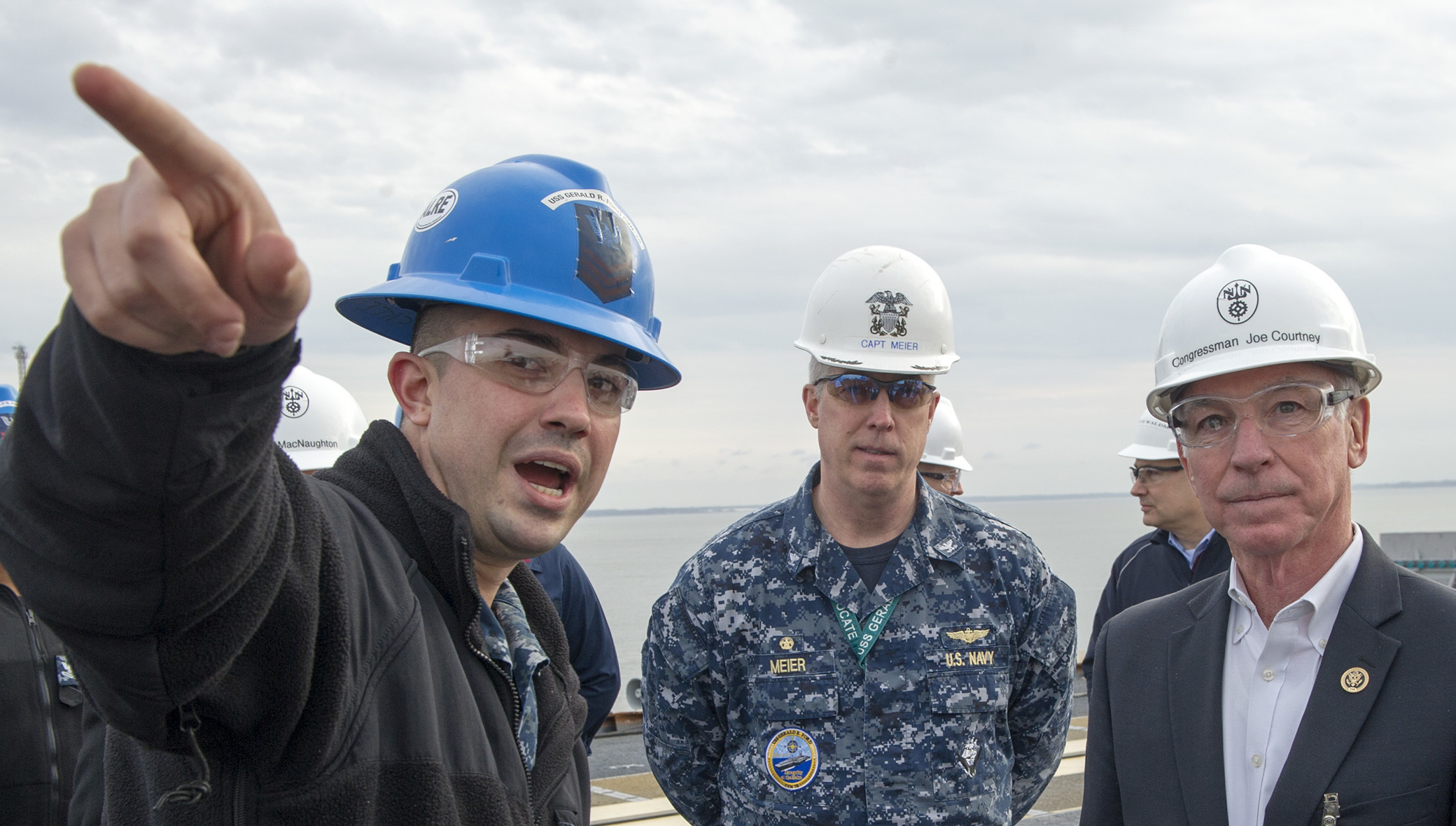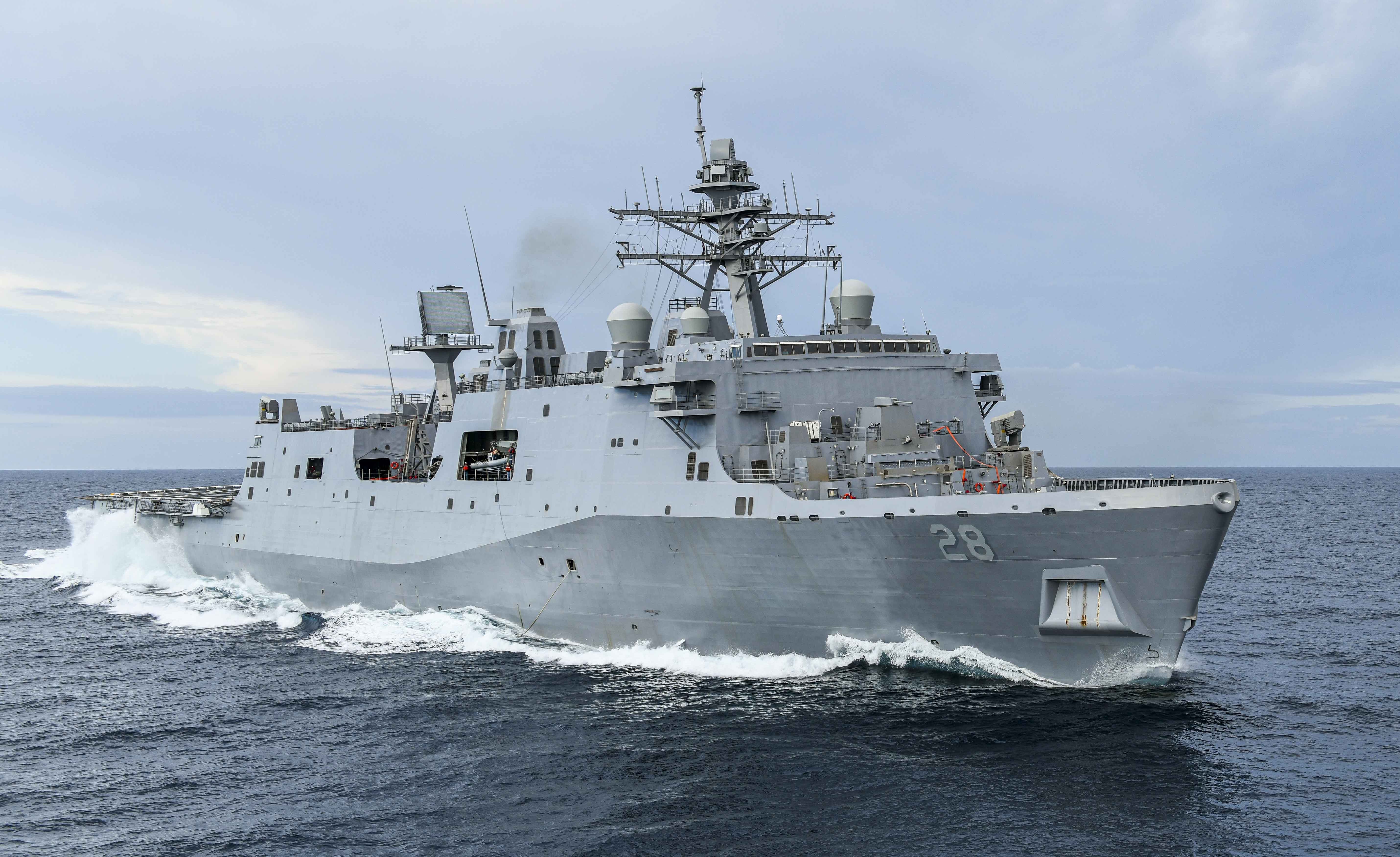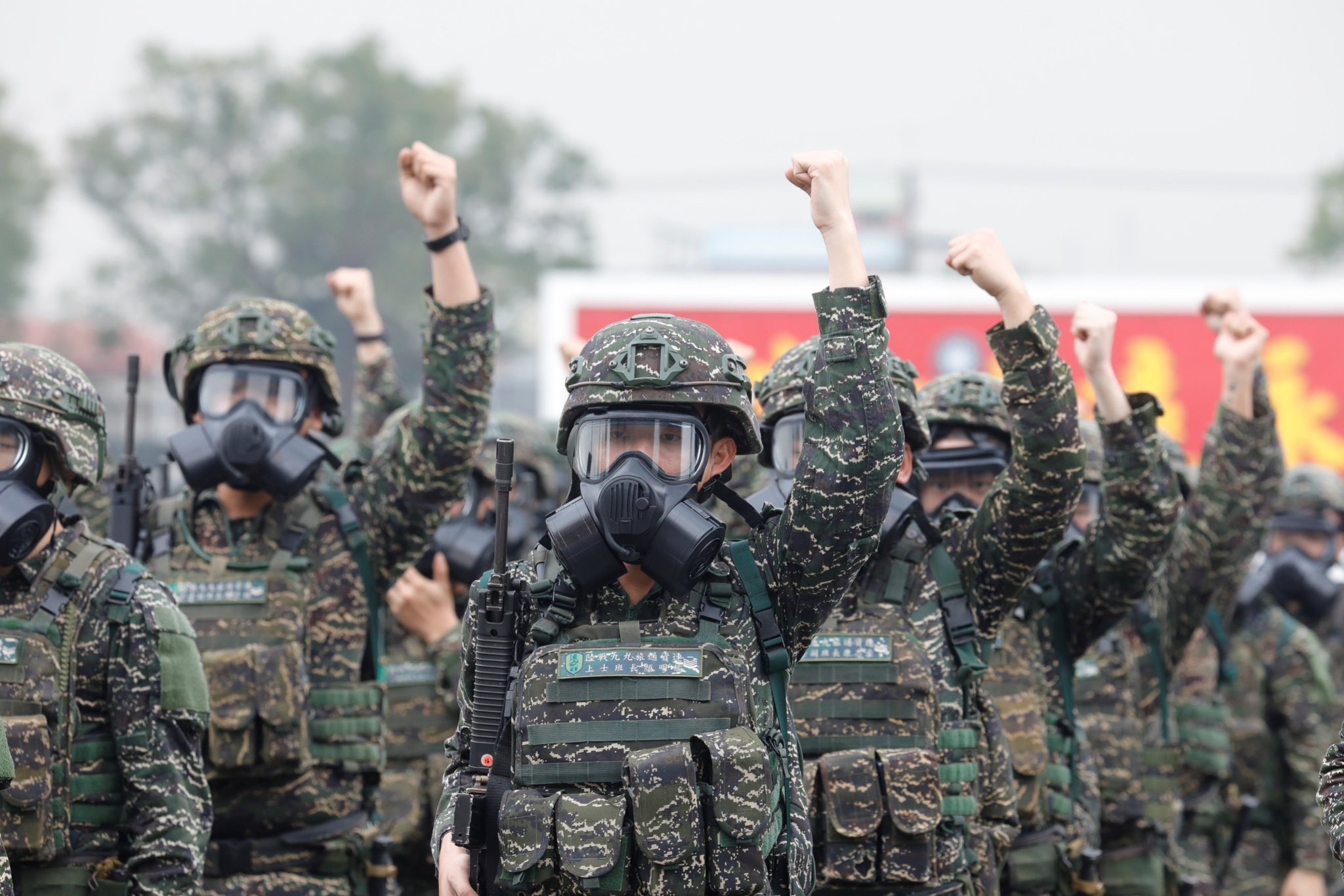
WASHINGTON, D.C. — The United States has not had a maritime strategy that would allow Congress to “look at maritime issues in a logical way” since the Roosevelt administration, the top Democrat on the House Armed Services seapower and projection forces subcommittee said on Wednesday.
That lack of a comprehensive view of maritime issues makes it harder to get the funds required to build the Navy needed to meet the growing global challenges and to support a commercial fleet, Rep. Joe Courtney (D-Conn.) told a Hudson Institute forum.
The previous Maritime Administration director, Chip Jaenichen, “was working valiantly for a maritime strategy for the nation as a whole.” But because of the competing interests of all the organizations involved, “he couldn’t get it together,” Courtney said.
Because there has not been a vision of a way forward, “commercial shipbuilding has disappeared,” and the Navy is struggling to get the ships it needs, he said.
Courtney, whose Connecticut district includes both the Groton submarine base and the Electric Boat submarine builder, cited opposition from the Pentagon for the recent defeat of his amendment to the fiscal year 2019 defense appropriations that would have set conditions to boost construction of Virginia class attack submarines from two a year to three.
Although the Navy has been supportive, “there’s been a lot of resistance within DoD, OSD,” he said, referring to the Department of Defense and Office of the Secretary of Defense.
But Courtney also questioned the Navy’s efforts, despite its oft-stated goal of building the combat fleet from the current 286 to 355.
“Three hundred fifty-five is a great number. But if it’s 355 in small surface combatants, that doesn’t get to the problem.” The need is for more submarines and large combatants, “but in the 30-year shipbuilding plan, those components don’t get the attention required,” he said.
As a result, the attack submarine force is expected to shrink from 52 to 48, Courtney said.
Courtney noted the proposals to prevent the decline in the sub force by keeping some of the Los Angeles attack boats in service longer, but questioned if that would work due to the age of the hulls and the outdated technology of the old subs.
Seth Cropsey, the director of Hudson’s American Seapower program, noted that the Chinese submarine force is expected to grow to 99 by 2030. A member of the audience later asked if the U.S. sub fleet could win a fight with that larger force.
Courtney conceded that the Chinese Navy “has made great strides,” but added, “I think we still have the capability to overcome that.” Despite the growth of the Chinese sub fleet, “they don’t have the decades of experience we do.” And the high quality of the Virginia-class U.S. boats, “I think tip the balance.”
Asked if there were plans to build new icebreakers to compete with Russia and others who are moving into the Arctic, Courtney said the Seapower panel does not deal with the Transportation Department programs, which include the Coast Guard and its icebreakers. But he said they have encouraged the Navy to cooperate to help the Coast Guard get the icebreakers it needs.
However, he added, they just heard that in the 2019 appropriations bill, the Transportation Department “gets no money for icebreakers. Some of us will want to work on that.”




